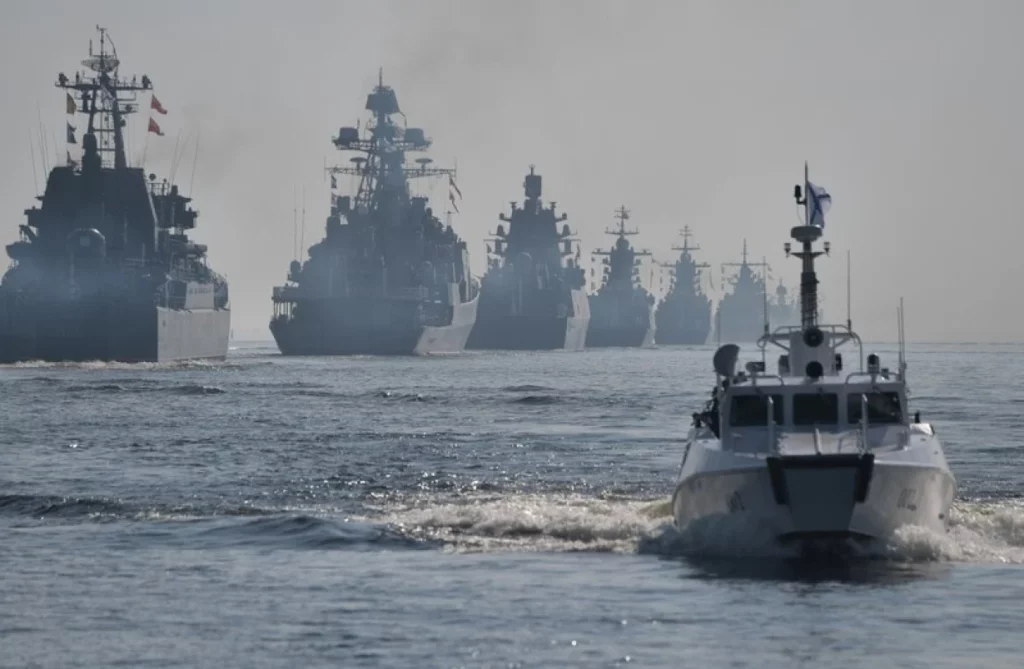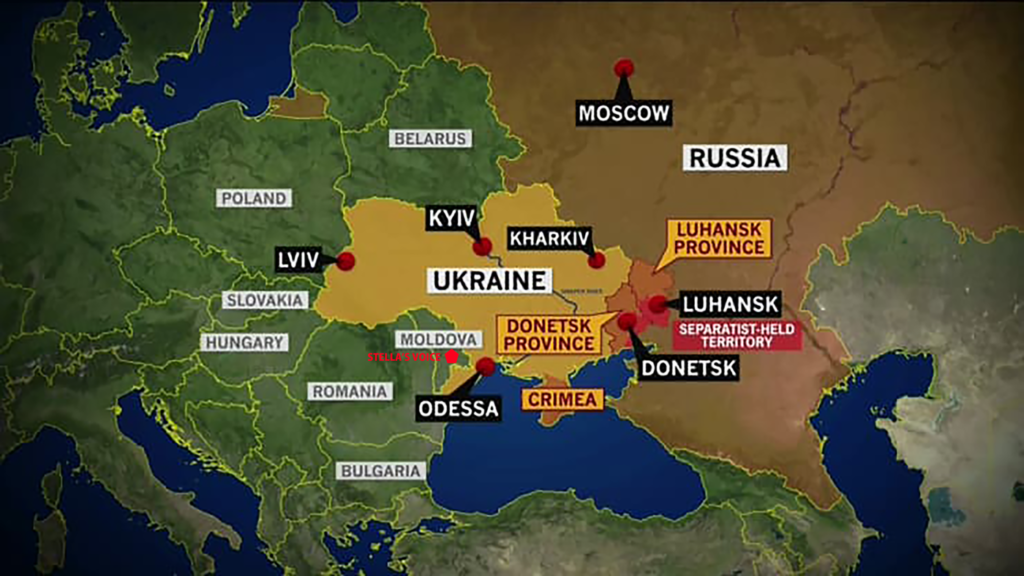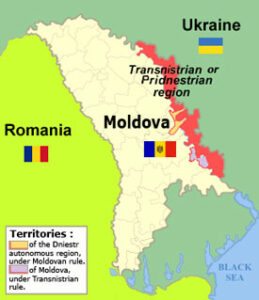Russia began deploying ships with tactical nuclear weaponry in the Baltic Sea for the first time in the past 30 years, the Norwegian Intelligence Service reported Tuesday in its annual report. The document was published on the same day Moscow denied an alleged plan to destabilize neighboring Moldova, which closed its airspace in response, at a time when experts, including the report’s authors, fear a possible escalation of the war in Ukraine.
In the 72-page document, the Norwegian Intelligence Service noted that “the key part of the nuclear potential lies in the submarines and surface ships of the Northern Fleet.”

Warships of the Northern Fleet, the main base of the Russian Navy, regularly went to sea with nuclear weapons during the Cold War era, but this is the first time the modern Russian Federation has done the same, the document added.
While Russia also has submarine capabilities, anti-satellite weapons and cyber capabilities that could threaten Norway and the NATO military alliance, tactical nuclear weapons are “a particularly serious threat in several operational scenarios in which NATO countries may be involved.”
Norwegian intelligence also noted that an escalation from a localized war to a broader conflict involving the U.S., NATO and Norway cannot be ruled out.
Tension with Moldova
Meanwhile, Russia on Tuesday denied an alleged “plot to destabilize Moldova” the day after that country’s president, Maia Sandu, accused Moscow of plotting to overthrow her pro-European government.
 The Moldovan president’s claims “are absolutely unfounded and lack evidence,” the Russian Foreign Ministry said in a statement. The Russian Foreign Ministry accused Ukraine of being behind this “disinformation” with the aim of fueling tensions between Russia and Moldova.
The Moldovan president’s claims “are absolutely unfounded and lack evidence,” the Russian Foreign Ministry said in a statement. The Russian Foreign Ministry accused Ukraine of being behind this “disinformation” with the aim of fueling tensions between Russia and Moldova.
Volodimir Zelensky and his Moldovan counterpart, Maia Sandu, point to a “common” strategy in the face of the Russian offensive. Ukrainian President Volodimir Zelensky had said last week that his country’s intelligence services had intercepted documents referring to a plan to destabilize this former Soviet republic of 2.6 million inhabitants, located between Romania and Ukraine.
“The plan includes attacks on state buildings and the taking of hostages by military saboteurs posing as civilians,” Sandu told the press on Monday. In this context, he announced a legislative proposal to provide prosecutors and intelligence services with “the necessary tools to effectively combat risks to national security”.
Moldova, a candidate to join the European Union from mid-2022, has suffered several crises since the start of the war in Ukraine and has for several months been denouncing “Russian energy blackmail”, which has halved its gas deliveries. “Our neutral status does not mean that we should not build defenses to keep our people safe,” he zaned. “The goal is to overthrow the constitutional order and replace the legitimate power in Chisinau with an illegitimate one,” added the head of state, in office since December 2020.
A day after Sandu’s statements, Moldova momentarily closed its airspace. “At the moment the airspace of the Republic of Moldova is closed, we are waiting for the resumption of flights,” reported the airline Air Moldova, who has asked passengers who were affected to “remain calm” and follow the instructions of airport workers.
The restriction will be in force until 4 p.m. local time, according to the Unimedia news portal, after confirmation by Chisinau International Airport spokeswoman Rodica Rusu.
Last week Sandu had already denounced the violation of Moldovan airspace by a Russian missile and added that his country “deserves peace and security”, and that it would take “all necessary measures to achieve it”.

The Transnistrian Enclave
Moldova’s main concerns center on its Transnistria region, a strip of territory stretching along the country’s eastern border, the boundary with Ukraine, which is controlled by pro-Russian separatists.
This region broke away from Moldovan territory following a brief civil war in 1992, in which it was aided by Russia, and provoked after the breakup of the Soviet Union, of which both Moldova and Ukraine were part. In Transnistria, a territory that in the early 1990s became autonomous from Moldova although it has not achieved international recognition, is the largest arsenal from the Cold War. Without international recognition, nor from Russia, it was proclaimed as a republic on October 29, 1990 and has 12% of the Moldovan territory and 23% of the industrial production, plus the strategic control of transport routes and gas pipelines. With a population of about 500,000, it has its own currency but is highly dependent on Russia, which supplies it with gas free of charge and has some 20,000 tons of Soviet-era weaponry deployed. Russia has 1,500 troops in the region. In addition, Moscow claims that Russian speakers in Transnistria are harassed by the Sandu government.
A Transnistrian serviceman walks past a line of cars queuing to leave the self-proclaimed “Transnistrian Moldovan Republic” at the Varnita border point with Moldova, April 28, 2022 During the invasion of Ukraine, Russian generals said that one of Russia’s goals was to conquer all of eastern and southern Russian-speaking Ukraine all the way to Transnistria, which borders Ukraine to the west. For their part, Transnistrian and Russian authorities have reported bomb attacks, including against public buildings, radio transmission towers and Russian Army ammunition depots.
AFP and Reuters Agencies
